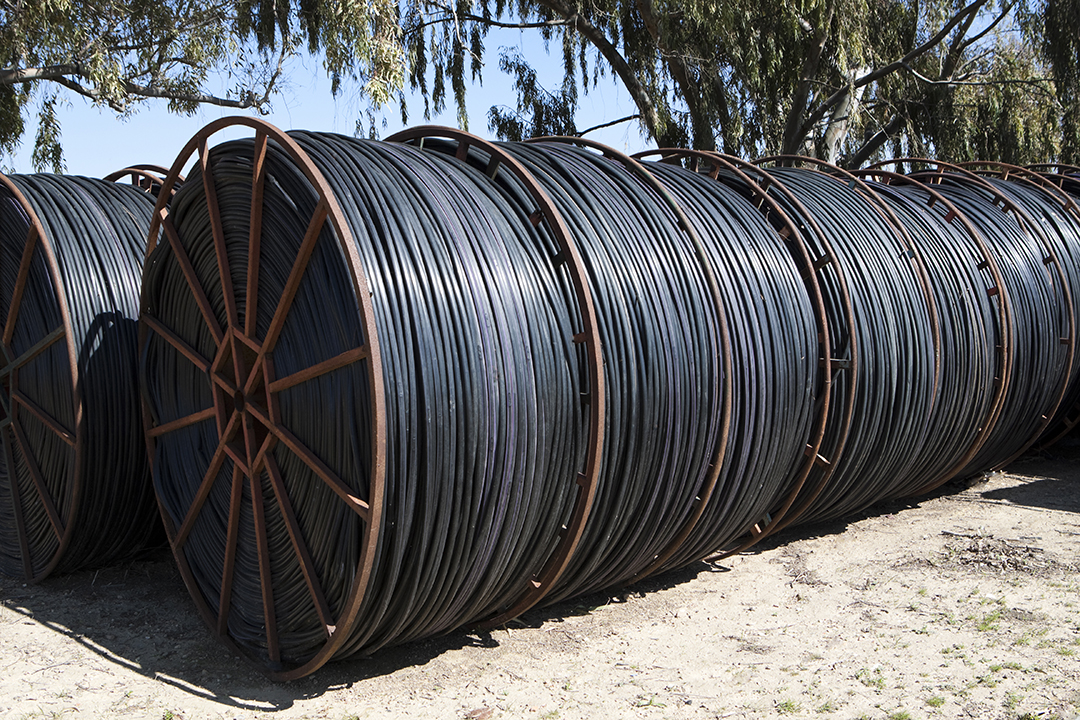The oil and gas industry is constantly on the lookout for materials that can withstand extreme conditions while improving operational efficiency. High-density polyethylene (HDPE) tubing has emerged as a game-changer in midstream applications, offering unparalleled benefits that are reshaping how companies approach their operations.
Why HDPE Tubing is Transforming Midstream Operations
HDPE tubing isn’t just another option – it’s quickly becoming the go-to choice for many midstream operators. Here’s why:
- Corrosion resistance: Unlike metal pipes, HDPE doesn’t rust or corrode
- Flexibility: Can bend without breaking, ideal for challenging terrain
- Lightweight: Easier to transport and install, reducing labor costs
- Long lifespan: Often lasting 50+ years with minimal maintenance
- Chemical resistance: Holds up against a wide range of chemicals
Key Applications in Midstream Operations
HDPE tubing is finding its way into various midstream applications:
|
Application |
Benefits of HDPE Tubing |
|
Gathering lines |
Resistant to abrasion from sand and other particulates |
|
Water transfer lines |
Flexible for quick deployment and retrieval |
|
Produced water disposal |
Corrosion-resistant, ideal for high-salinity fluids |
|
Gas distribution |
Leak-resistant joints reduce fugitive emissions |
The Numbers Don’t Lie: HDPE Tubing Performance
Let’s look at some hard data that showcases the superiority of HDPE tubing as compared to steel pipe:
- Flow efficiency: HDPE pipes have a Hazen-Williams C factor of 150, compared to 100 for steel pipes, resulting in up to 50% higher flow rates.
- Installation speed: HDPE can be installed up to 10 times faster than steel pipe.
- Leak reduction: Fused joints create a zero-leak system, potentially reducing lost product by up to 40%.
Cost Savings Over Time
While the initial cost of HDPE tubing might be comparable to traditional materials, the long-term savings are substantial:
- Maintenance costs are reduced by up to 70% over the lifespan of the tubing.
- HDPE tubing offers energy savings of 30-40% due to improved flow characteristics.
- Installation costs are cut by 20-30% thanks to lighter weight and easier handling.
Environmental Benefits: HDPE Tubing’s Green Advantages
HDPE tubing isn’t just a smart choice for operations – it’s also a win for the environment. As the oil and gas industry faces increasing pressure to reduce its ecological impact, HDPE offers several key benefits:
|
Benefit |
Details |
|
Lower carbon footprint |
• Production uses 50% less energy than steel pipe manufacturing. • Lighter weight reduces fuel consumption during transport. • Smoother interior surfaces lead to lower pumping energy requirements. • Longer lifespan reduces the need for frequent replacements. |
|
Recyclability |
• 100% recyclable at the end of its life. • Can be ground up and used to make new HDPE products. • Reduces landfill waste compared to non-recyclable pipe materials. • Supports circular economy initiatives in the industry. |
|
Reduced leakage |
• Minimizes soil and groundwater contamination risks. • Fused joints create a leak-free system, reducing spill chances. • Resists cracking and breaking, even in challenging soil conditions. • Helps protect local ecosystems and water resources. |
|
Chemical resistance |
• Doesn’t react with or leach chemicals into the surrounding environment. • Reduces risk of contamination from pipe degradation. • Maintains integrity even when transporting aggressive fluids |
|
Longevity |
• A 50+ year lifespan means less frequent replacement and less waste. • Reduces the environmental impact of manufacturing and installing new pipes. • Lowers overall resource consumption over time. |
By choosing HDPE tubing, midstream operators can significantly reduce their environmental footprint while enjoying operational benefits. This aligns with growing industry trends towards sustainability and responsible resource management.
Installation Techniques: Heat Fusion for Unbeatable Strength
One of the standout features of HDPE tubing is its ability to be heat-fused. This process creates joints that are just as strong as the pipe itself, offering a range of benefits for midstream operations such as Oil and Gas Gathering Systems, Saltwater Disposal Systems, Slurry Transport, and Flowback Water Recycling:
The Heat Fusion Process
- Preparation: Clean the pipe ends and ensure they’re perfectly aligned.
- Heating: Use a special heating plate to melt the ends of the pipes.
- Joining: Remove the heating plate and quickly press the melted ends together.
- Cooling: Hold the pipes in place while they cool and fuse into a single, seamless piece.
Key Advantages of Heat Fusion
|
Advantage |
Description |
|
Eliminates Leak Points |
• Creates homogeneous joints, forming one continuous pipe. • No gaskets or mechanical connections to wear out. • Reduces leak risk under high pressure or in shifting soil. |
|
Faster Installation |
• Up to 50% faster than welding steel pipes. • No pipe threading or sealant application is needed. • Quick joint creation, often under a minute for small diameters. • Allows off-site pre-fusing of longer sections. |
|
Cost-Effective Equipment |
• Minimal specialized equipment required. • Fusion machines are cheaper than steel pipe welding rigs. • One machine works for various pipe sizes. • Lower energy consumption than welding. |
|
Versatility |
• Workable in various weather conditions, including light rain. • Suitable for above-ground and in-trench installations. • Easy integration of fittings and material transitions. |
|
Quality Control |
• Easy process monitoring and documentation. • Data-logging capabilities in modern fusion machines. • Immediate quality feedback through visual bead inspection. |
The heat fusion process is a game-changer for midstream operations, offering a combination of speed, reliability, and cost-effectiveness that’s hard to match with traditional joining methods. As more operators discover these benefits, heat-fused HDPE tubing is becoming the go-to choice for a wide range of applications in the oil and gas industry.
Overcoming Challenges: Temperature and Pressure Limitations
While HDPE tubing offers numerous advantages, it’s important to note its limitations:
- Temperature: Generally suitable for applications up to 140°F (60°C).
- Pressure: Typically used for pressures up to 250 psi, though specialized grades can handle higher pressures
For applications exceeding these limits, composite HDPE pipes or other materials may be more suitable. A reputable supplier can help you select the HDPE pipe or material that is best suited to your job.
Future Trends: What’s Next for HDPE in Midstream?
The future looks bright for HDPE tubing in midstream applications:
- Development of higher temperature and pressure-resistant grades.
- Increased use in offshore applications.
- Integration with smart monitoring systems for real-time performance tracking.
- Growing adoption of hydrogen transport as the energy transition progresses.
Choosing the Right Supplier: Why COASTAL RESOURCE GROUP Stands Out
When it comes to HDPE tubing for midstream applications, not all suppliers are created equal. COASTAL RESOURCE GROUP offers:
- Comprehensive supply: A one-stop shop for all your HDPE tubing needs.
- Fast delivery: We pride ourselves on swift shipping to keep your projects on track.
- 24/7 availability: Our sales representatives are always ready to assist, ensuring you never face supply emergencies.
- Expert knowledge: With years of experience in industrial and oilfield supply, we can guide you to the right HDPE solution for your specific needs.
Don’t let outdated materials hold your midstream operations back. Embrace the future with high-density polyethylene tubing from COASTAL RESOURCE GROUP. Contact us today at (281) 549-4132 for a quote and experience the difference that comes from working with a supplier who understands your needs and delivers solutions fast.


